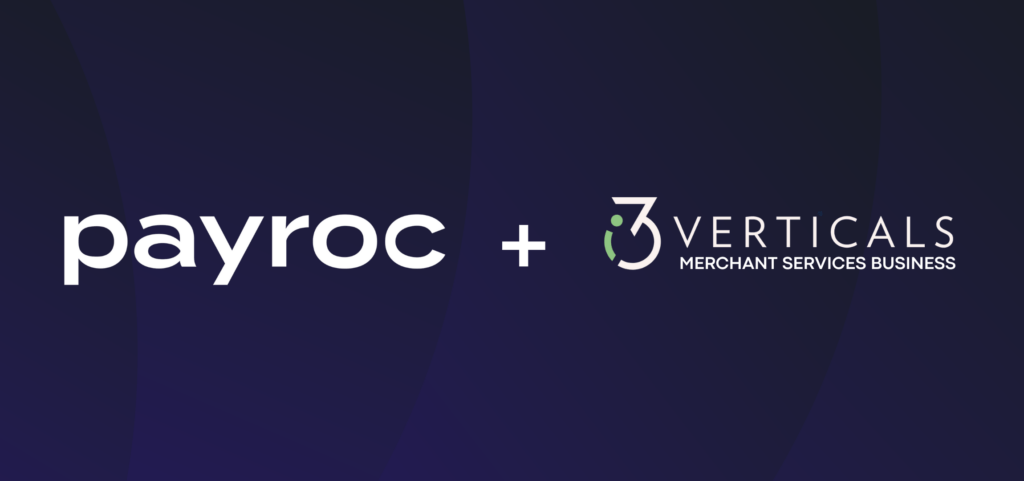State of Chargebacks and 3 Ways to Prevent Them

Unfortunately, online retailers that accept credit cards from customers and vendors also deal with chargebacks. Chargebacks are payment disputes filed by customers because of real or alleged fraud.
Dealing with these disputes have always been a costly challenge to overcome for e-commerce merchants, but the way chargebacks effect businesses is changing. Not only have chargebacks become increasingly expensive, but they have also become harder to detect with friendly fraud back to pandemic levels.
Chargeback Relief for eCommerce Merchants
Despite the havoc that chargebacks can cause, there are some promising developments on the horizon that may benefit merchants as well. American Express is changing its CID mismatch policy in April 2024. Currently, one hard-to-dispute reason for chargebacks is a mismatch between a payment card’s CID (or CVV) number and the number entered by the customer. Often, mismatches will result in a decline because if the order is approved, the business is liable if the customer later files a chargeback.
With this new change, the liability for approved Card-Not-Present orders with a CID mismatch will shift to Amex rather than the business. Amex says it’s making this change because CID data entry errors often cause customers to abandon carts rather than re-enter their data, so the liability shift will create a better customer experience and help businesses approve more orders.
Also, although artificial intelligence (AI) has already been detecting fraud for some time, it continues to evolve and has the potential to alter the chargeback landscape. When AI is trained on specific data sets, it can quickly “learn” what good orders look like and what aspects of an order or customer profile pose a higher fraud risk. These kinds of AI-based solutions are faster and more accurate than rule-based solutions that use static data, which tend to generate a high rate of false positives.
Best Practice to Prevent Chargebacks
The specifics of fighting chargebacks will change as fraud tactics, prevention tools, and card brand rules evolve. However, there are three general practices that retailers and other online businesses can adopt and adapt over time to reduce chargebacks and challenge them more effectively.
1. Review Your Customer Experience for Chargeback Triggers
Customers sometimes file chargebacks because it’s faster and easier to make a request with their card company than it is to request a return or refund from a business. To avoid chargebacks of convenience, make sure customers can easily find return information, support contact information, delivery tracking and confirmation and ensure the business’ name appears accurately on credit card statements.
2. Keep Your Chargeback Prevention Tools Current
AI-powered order screening tools can help identify fraud risks in real time from new and returning customers instead of relying on static rules or internal approved lists. Having an in-house resource dedicated to contesting chargebacks or a third-party mitigation service who can review orders that score high on fraud risk can verify fraud attempts and avoid false declines.
3. Stay Up to Date on Chargeback Guidelines and Fraud Prevention News
Keep up with the latest developments in the chargeback space, especially bulletins and press announcements from the major card issuers and digital wallet providers. This can help merchants understand current chargeback disputation requirements, processes, and deadlines.
Learn More About Our Solutions:
Contact us online or call 1-800-621-8931.
Subscribe to Card Talk
Our monthly newsletter delivers the latest payments news straight to your inbox


